Crate Training Your Dog
Pat Storer
CONTENTS

Why Crate-Train?
Many people dislike the thought of putting an animal, especially a beloved family pet, in a cage. After all, most dog owners feel very close to their pets and think of them as friends. Since no one would dream of placing a best friend, child, or baby in a crate, it may seem cruel to use a crate to confine a dog. However, if dogs are crate trained properly and with a positive attitude, they accept and even enjoy their sequestered time. The crate is designed as much for the dogs well-being as it is for the owners convenience and peace of mind. For example, a crate keeps a puppy away from the chemicals under the kitchen sink, gives him a quiet place to rest when he doesnt feel well, and keeps him secure during car trips.

A properly crate-trained dog will think of the crate as her space,
and she may often hang out there when she has the opportunity.
Crate training works because dogs desire a snug resting place that affords security and privacy while they sleep. Like their wild ancestors, dogs need a safe den to call their own. Although we like to think of our dogs as almost human, each and every one of them has the basic instincts of a wolf. It is important for us to understand our dogs instincts so that we can help them to feel safe, secure, and happy in our homes. Crate training is an integral part of welcoming dogs into our lives and building a bond of caninehuman trust.
The Benefits of Crate Training
There are many reasons to include crate training as part of your puppys continuing educational program. Using a crate helps to:
 Housebreak a puppy
Housebreak a puppy
 Deter destructive habits
Deter destructive habits
 Give your puppy his own space
Give your puppy his own space
 Keep the puppy out of trouble
Keep the puppy out of trouble
 Make traveling safe
Make traveling safe
 Confine a sick pet
Confine a sick pet
 Give a puppy time out
Give a puppy time out
Puppies versus Dogs
In this bulletin I will refer to your pet as a puppy because that is the age at which a dogs crate training usually begins. In most instances, the instructions also apply to an older dog. Older dogs are usually easier to crate-train than puppies, however; see for details.
Housebreaking
A puppy has a natural instinct to not soil her nest. If you plan to have your puppy live in the house with you, you can use this instinct to your advantage for housebreaking. A small room, such as a bathroom or laundry room, is still too large to take advantage of a puppys clean nest instinct. A puppy locked in the bathroom is apt to relieve herself at one end of the room and sleep at the other end. But if the puppy is confined to a properly fitted crate, she is likely to hold it until she is for more information.)
Travel Safety
When you take your puppy with you in the car, a crate is a safe method of confining her, since she could interfere with your driving. The crate also allows you to open the windows for ventilation without your puppy jumping out or interfering with passersby if you need to leave the parked car for a moment. (Be sure to park in the shade, of course.)
If you need to leave the puppy at the veterinarians office, a boarding kennel, or a friends house, her own crate will help to alleviate anxiety she may feel when separated from you and her home. She will have her own portable roomher place of security.
If you take your puppy on a vacation, you will find that many motels and hotels permit crate-trained puppies, since they cannot damage the room if they are confined.

Many families have fenced-in enclosures in the rear of their car for their dog. A crate serves the same purpose, but its also portable and offers a safe, familiar, comforting environment for the dog.
Deterring Destructive Habits
For the safety of the animal and your possessions, a puppy should never be allowed to roam free in the house until he is properly trained. Your puppy could encounter dangerous items such as household chemicals, electrical cords, fans, toxic plants, medicines, and more. He may make confetti from the Sunday comics or turn your favorite sneakers or the leg of your antique chair into a chewing toy.
These bad chewing, digging, and tearing habits are difficult to correct once they have started. The best approach to preventing these unwanted behaviors is to confine the puppy with a few toys when youre away from home and to teach him which items are legal when you are home and the dog is free.
Giving Your Puppy Some Privacy
A puppy will easily and happily learn that the crate belongs to her. It is her private place where she can go when she feels tired or grumpy. She can take her favorite toy or chew item there without the family cat or another dog interfering. The crate is also a place of security for the new puppy, giving her a sanctuary when you have unruly children or a friends incompatible pet visiting. In situations like these, the puppy may go to the crate on her own. You may want to give her a treat in the crate so that she can enjoy herself without being bothered by the visitor. If the crate is wire, you can put a blanket over the top during the visit to ensure privacy; if visiting children seem likely to poke about the puppys crate, simply tell them that your puppy is taking a nap and shouldnt be bothered.
Flexibility of Location
If you dont want dog hair on your bed and doggie snores next to your ear, a crate in the bedroom will allow your puppy to bond with you, the pack leader, in your bedroom without actually being on your bed. This arrangement will help give him the much needed security of sleeping with the pack without invading your personal sleeping space.
In the crate, he also can be safely in the kitchen while you chop food for dinner and in the garage as you change the antifreeze in your car. (Antifreeze kills dogs!) Your puppy will still need training for proper house manners and family etiquette, but using a crate may help you maintain a sense of loving companionship with a persistent and/or sneaky dog while he learns acceptable behavior.
A Safe Place for Convalescence
A crate is a blessing if your puppy ever needs to be confined because of illness or injury. It can be a private, familiar, safe place where your puppy can recuperate, where other pets and even children cannot interfere with convalescence.
Time-Out Area


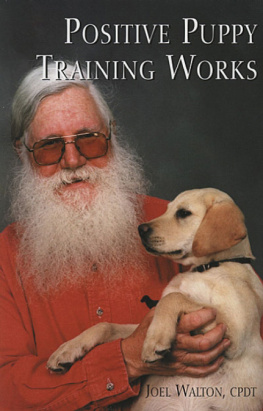
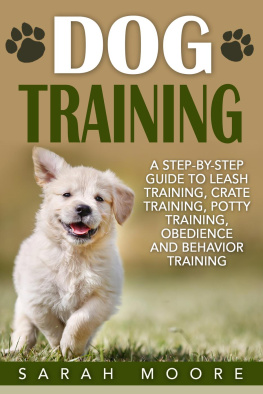
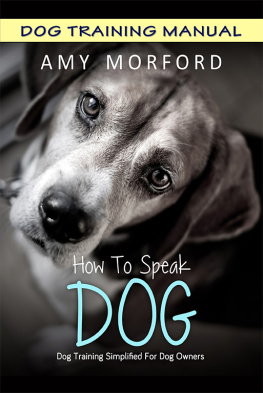
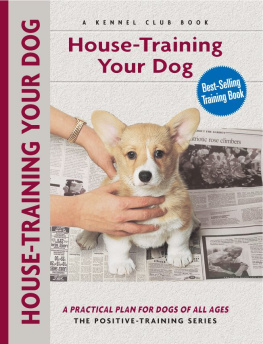
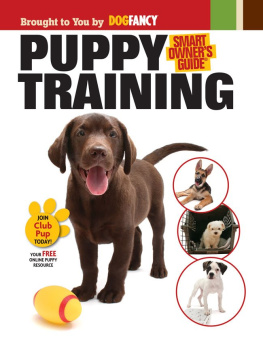
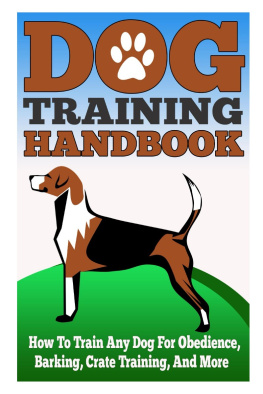
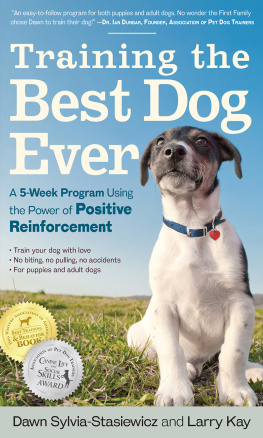



 Housebreak a puppy
Housebreak a puppy